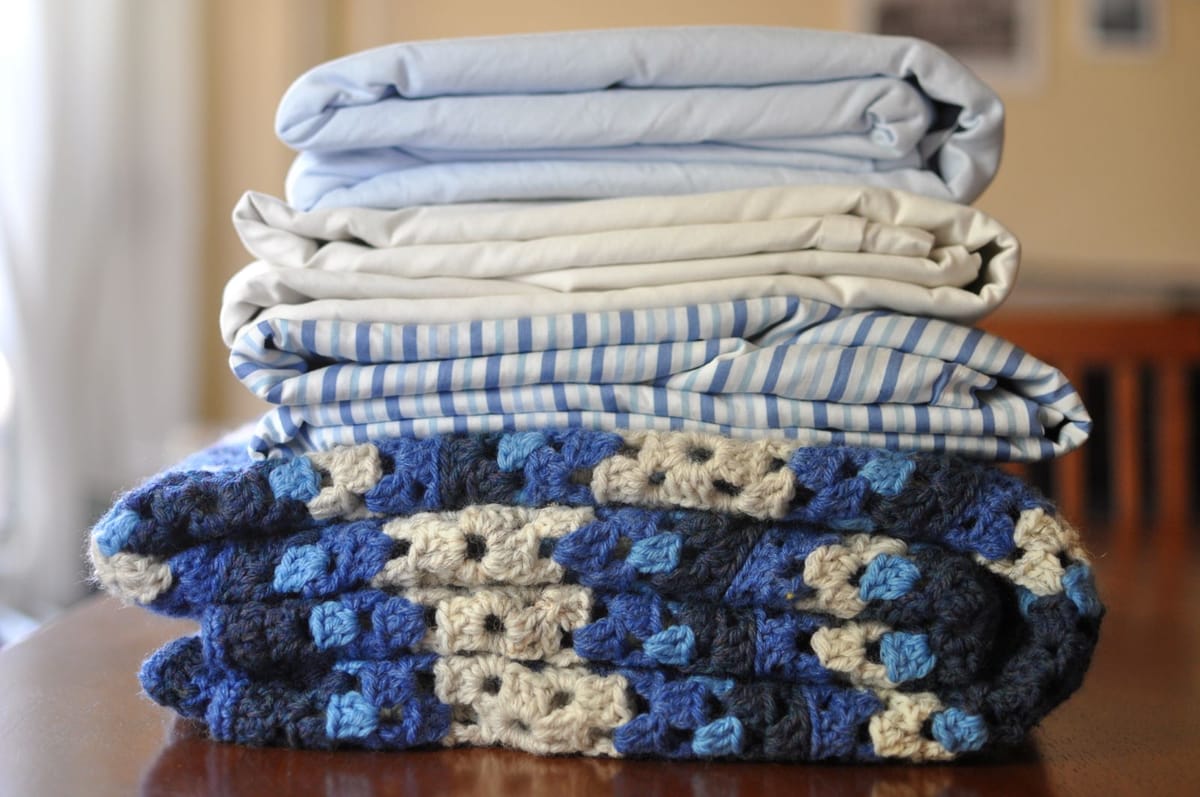Tips To Keep Your Home Heating Bills Down This Winter


Now that winter has made its official debut and we brace ourselves for plummeting temperatures, we wanted to pass on some tips to make your heating bill a little less scary during these coming months.
From adding a couple blankets to your bed and turning your thermostat down at night to sealing air leaks, there are free and inexpensive ways to make sure you’re not forking over an arm and a leg to heat your home – and National Grid just released these suggestions on how to be more energy efficient this winter:
- Turn that thermostat down! We know it’s cold out there, but put on those flannel pajamas and curl up under a bunch of blankets after lowering your home’s temperature at night – for every one degree you set it back, you can save one to three percent on annual heating costs. Plus, you can also turn it down while you’re away at work or gone for a couple of hours – it takes less energy to warm up a cool house than to maintain a warm temperature all day and night.
- As you wear more layers yourself, do the same for your home. Insulating your attic, your windows, your ceilings, and your floors can save you big bucks. You can use a heavy-duty, clear plastic sheet to keep cold air from seeping through your windows, or install some tight-fitting drapes. See more about window treatments and coverings that can improve energy efficiency on the U.S. Department of Energy’s website.
- Take advantage of the sun and open your curtains during the day to allow sunlight to naturally heat your home. Just make sure to close them at night!
- Seal those air leaks. You can caulk windows and weatherstrip around door frames, as well as replace any broken panes on storm doors and windows. If you have a fireplace, make sure the damper is closed (unless, of course, you have a fire burning). You can find more tips on making sure your fireplace is energy efficient here and here. Also, remove any air conditioning units in windows, or, if this isn’t possible, cover the inside and outside of the unit with plastic.



